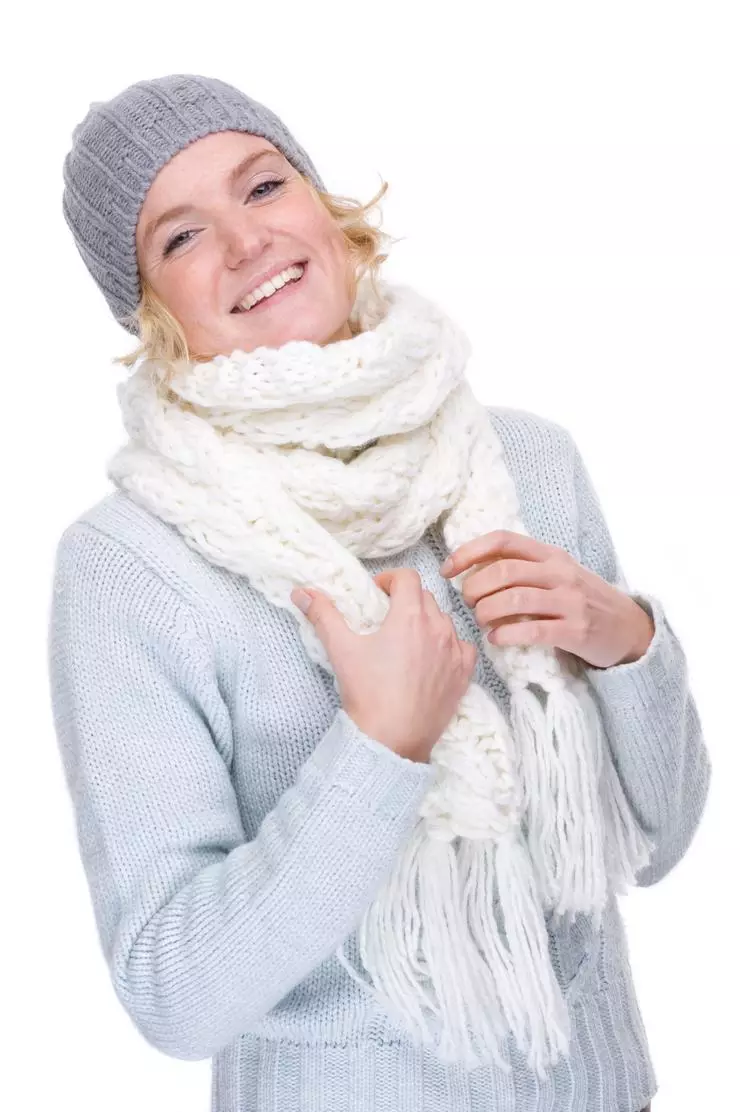The cold and flu at first glance is very similar. They traditionally come in spring and autumn, and are able to put a person in bed for a period of 1-2 weeks. But if you look attentively, it turns out that these are very different illegals, and the approaches to the fight against them are also vulnerable. If you do not identify the disease on time, and it is necessary to wait that everything "goes well, you just need to drink tea with lemon and lie down," you can wait for such serious complications as bronchitis or pneumonia. And this is absolutely for us!
Difference 1. speed . With a cold, well-being worsens slowly and gradually. This morning there was ailment, by the evening "pulled out" a runny nose, the next day began to twist in the throat ... The temperature thought, thought, and rose to subfebrile values (these are from 37 to 37.5 degrees). A completely different picture with influenza and ORVI. In the morning, a person feels like us as usual, and after 3-4 hours he has a bad headache, the eyes are blushing and the eyes will tears, and the thermometer column is inexorably rises to 38 degrees or even higher.
Cold - gradually, ORVI - rapidly
Difference 2. Inxication. With a cold, a person suffers from general ailment, loses performance and wants to quickly curl up and climb on the sofa for a favorite warm plaid. With acute respiratory viral infections, a person has intoxication in a person - after all, pathogenic viruses, multiplying in the body, be with all their forces to poison its products to their livelihoods (toxins). Inxication is manifested by weakness, nausea, head, articular pains and pain in the muscles, in the absence of appetite.
Cold - causes overall malaise, ARVI - causes intoxication of the body
The difference is 3. sneezing and runny nose. With a cold, sneezing appears after a runny nose, and the runny nose is developing most often by the end of the first day of the disease. With sharp respiratory viral infections, sneezing accompanies a person from the first hours of illness, and the course of the nose appears only on the second or even the third day.
The cold - sneezing appears after a runny nose, ORVI - sneezing appears earlier than a runny nose

Difference 4. Tearing. With a cold no discomfort in the eyes does not feel. Redness of the eyes, tearing and light-friendly can be observed at various ORVI, and always accompany the flow of flu.
Cold - Eyes are not affected, ORVI - Possible redness, tear, light-free.
Difference 5. Recovery. After the cold, the person is restored very quickly, and by the time the symptoms of the disease goes - runny nose, sore throat, temperature and cough - feels quite vigorous and workable. The recovery period after influenza or ARVI can last several days or even weeks, and is manifested by poor appetite, increased fatigue, apathetic. It happens because the organism suffers more suffer from viral ailments, and he needs more time for rehabilitation.
Cold - the body is restored quickly, ORVI and influenza - the body is restored slowly.
Approaches to the treatment of ORVI, influenza and colds are different (for example, the flu antibiotics never use, and during colds that are bacterial nature, they are often prescribed), but in any case the diagram of drug therapy can be supplemented with the drug Citovir-3. The task of this fund is not to combat specific causative agents of the disease, but an increase in the immune response of the body to a foreign "invasion". Intensifying its own human immunity, increasing the content of the "warriors" of the immune system - interferon - and the strengthening effect of any symptomatic means, Citovir-3 helps in the fight against the disease. And therapeutic, and the preventive course of Citovir-3 is only 4 days, after which the number of interferons remains elevated to 1 month, not only helping to overcome the disease, but also reducing the likelihood of recurrences. Citovir-3 is suitable for the prevention and treatment of seasonal diseases, both in adults and in children from 1 year, is produced in Finland and meets quality standards for EU countries, and its safety is confirmed by clinical trials.

On advertising rights
